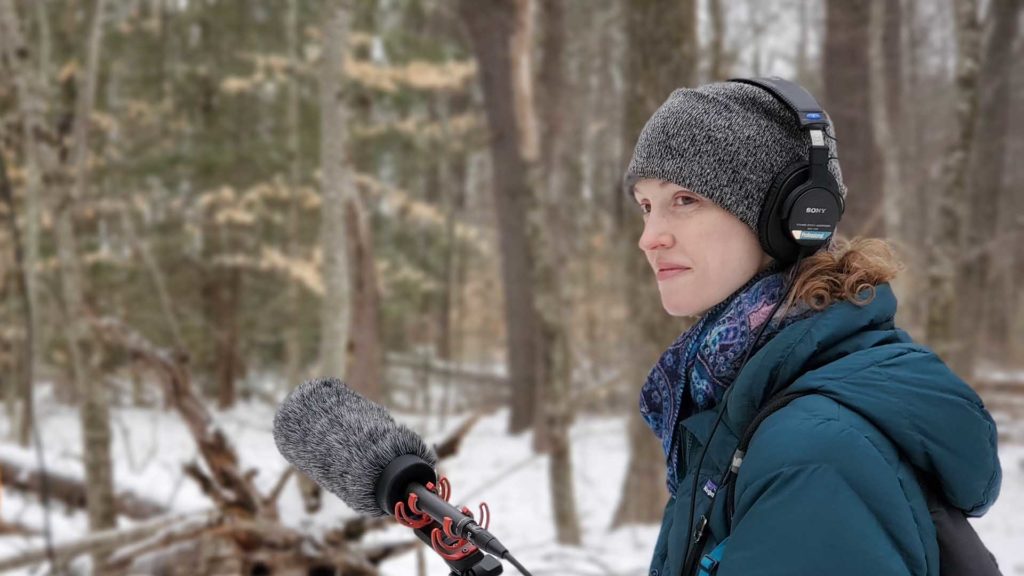The veteran climate journalist looks to shed light on one of the world’s least understood sources of carbon emissions: the military sector.
KSJ Alum Bethany Brookshire Shares the Backstory Behind ‘Pests’
Brookshire’s debut book takes readers from the worshipped rats of the Karni Mata Temple to the hunted pythons of the Everglades, and asks: What can our pests tell us about ourselves?
Meet the KSJ Fellows: Kelly Servick
The Science Magazine editor is taking time at MIT to explore big picture issues related to the diagnosis and treatment of mental illness.
Meet the KSJ Fellows: Wojtek Brzezinski
The creator of Poland’s first science news television show is taking time at MIT to peer into technology’s future.
Meet the KSJ Fellows: Mary-Rose Abraham
The multimedia journalist has covered environmental issues in India for several years. Now, she’s looking at the topic through a new lens.


 "
" "
" "
" "
"